Table of Contents
Concept and History of Decision-Making Approach:
The decision-making approach plays a very significant role in international politics. It provides a clue to the nature of the overall political process of the country and the level of its political development. To quote James Rosenau, “Decision-making sustains bureaucracies, dominates legislatures, preoccupied chief executive, and characterises judicial bodies. Decisions lead to policy, produce conflict, and foster cooperation. They differentiate political parties and underlie foreign policies, activate local governments and maintain federal authorities, guide armies and stir international organizations”. Judith Shklar has called this approach “decisionism”. In her own words, “No one interested in social ideas can fail to notice how large a part, the word “decision” has, of late, come to play in the vocabulary of moral and political discourses. Robinson and Majak say: The social science literature- scientific research reports and intuitive, creative and anecdotal essays- reflect this increased concern with decision. They report that Wasserman and Silander’s first annotated bibliography of decision-making covering the period 1945-57 contained only ‘438 entries’ and the second period covering 1958-63 contained more than ‘600 entries’ despite more stringent selectivity. According to Roger H. Soltan, “The act of human decision has become a primary object of research aimed at unlocking the secret of human choice”.
Concept of Decision-Making:
Decision-making is a social process. It involves first, the selection of a problem over which the decision is to be taken, then searching for information. After having full information, various possible alternatives are considered and finally, the possible decision is taken by the decision-maker or makers. “Decision-making is a process or a sequence of activities involving stages of problem recognition, search for information, the definition of alternatives consistent with the ranked preferences identified in the first three stages that will maximize or satisfy the actor’s goals”. In the opinion of Paul Deizing and David Easton political decisions have their own structures. Generally, they relate to certain problems or issues. In the words of Deizing, “All decisions occur within a decision-structure of some sort, but political decisions, in addition, have decision-structures as their special subject matter”. Following David Easton, Riker says, “Now if as Easton asserts, politics, is the authoritative allocation of values and if, as I interpret it allocation refers not to physical process but to the social process of deciding how a physical process shall be carried out, then the subject studied by a political scientist is a decision”. In simple words, decisions relating to the public policies of the country by means of which values are allocated to public goods and services. Such decisions (political) are generally taken by the groups rather than the individuals as in the case of non-political decisions. Bruno Leoni is of the view that political decisions differ from non-political decisions in the sense that the former lead to either the emergence of power or to some modification in the existing power structure. Wood and Wheaton have also distinguished between public and private decisions.
Generally, decision-making is confused with the concept of policy-making. Policy-making includes a larger collectivity, having a number of individuals involved. On the other hand, decision-making relates to a smaller unit comparatively. Also, “decision making is done after having taken into consideration, almost all the relevant alternative courses into consideration, which is neither done nor it is possible in case of policy-making”. Decision-making is always subject to sanction by some higher authority, which is not in the case of policy-making.
History of Decision-Making Approach:
According to Robinson, the intellectual origin of the decision-making approach is twofold. First, its origin can be traced to the 18th century where Bernoulli tried to study decision-making in the sphere of mathematical economics. Von Neumann and Morgenstern have made an effort to work out the game theory. In 1957 Down studied this approach in terms of economic theories. Secondly, its origin can be traced in the discipline of public administration. Alexander Hamilton in the U.S.A. and Charles Jean Bonnin in France worked on this approach in this field. In 1938, Chester J. Bernard and in 1947 Herbert Simon studied the decision-making approach scientifically. Simon’s “Administrative Behaviour”: A study of the decision-making processes in administrative organisation, was on the criteria of “Correct decision-making”. He also emphasised the need of studying the psychological and sociological aspects of the organizations to understand properly the process of decision-making. In 1954, Richard C Snyder and his colleagues studied this approach in the field of international politics. Now this study has become very popular in the field of political science. The scholars have done enough research on topics such as electoral voting, legislative roll calls, judicial opinions, public opinion and in almost every other kind of political situation. The chief contributors to the decision-making approach are Richard C. Snyder, Herbert Simon, H. W. Bruck, Burton Sapin, B. Cohen, J. Robinson and Joseph Frankel.
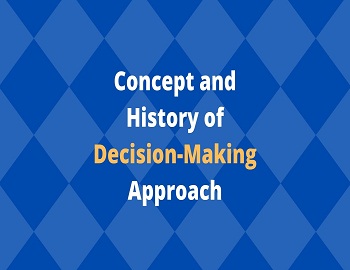
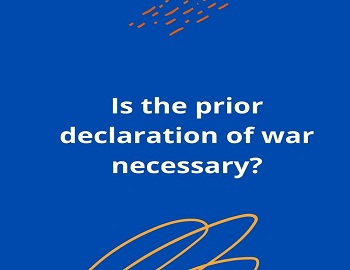


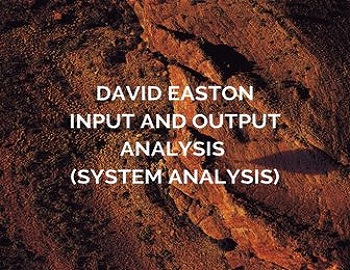


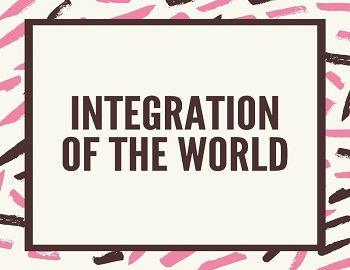
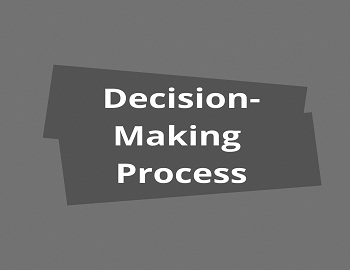
Comments (No)